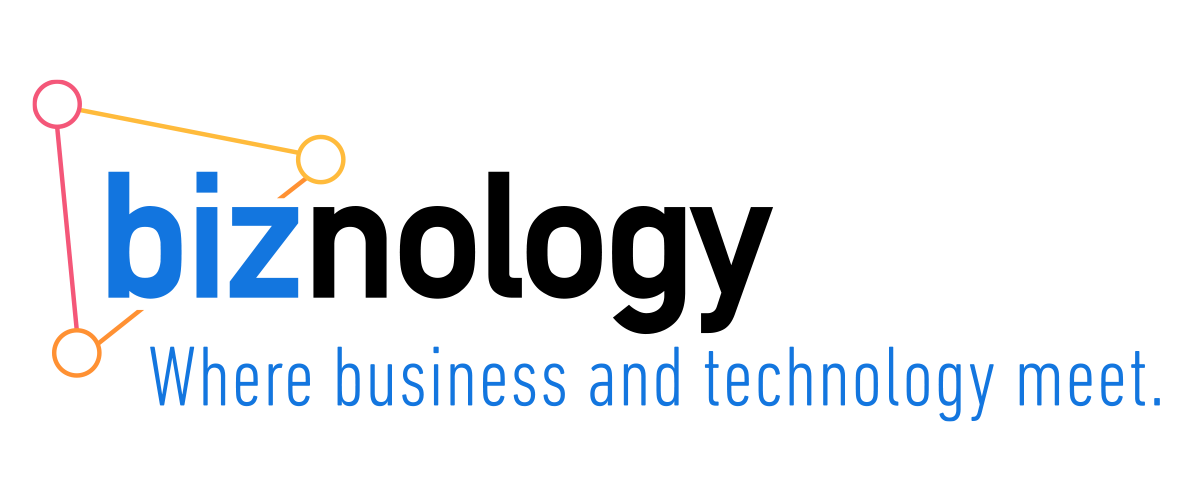| “…So, how do we reconcile this apparent paradox — our mental and physical health is important for our educations and careers, but our educations and careers impede the time and energy we have for our mental and physical health?” – HBR – There’s No “Right” Way To Do Self-Care This question has taken on a deeper resonance of late, especially in the context of mental health, for clients, colleagues and friends. Faced with unremitting professional and personal demands, increased pressures and expectations and anxiety about the future, many are struggling to mitigate burnout, exhaustion and entropy in their lives. The question is not what is the issue; rather, it is how best to address it. Separating the signal from the noise is paramount to finding appropriate, specific paths to restoration and rejuvenation contextualized to our unique circumstances. In doing so, we have the opportunity to shift our current mental models of work-life interconnectivity. Most importantly, we can then create the space and energy to reframe our approach to establishing new, positive and sustainable changes.The balance of the reading and listening for this week is centered broadly on the themes of self-care (mental and physical), boundary management and the development of effective ways to better manage ourselves. There is quite an eclectic range of thoughts and nuanced points of view to consider. As always, happy reading and listening! Articles National Surveys Reveal Disconnect Between Employees and Employers Around Mental Health Need: “…Our survey results indicate there is continued opportunity for employers to support workforce mental health by taking five actions: make mental wellness a priority, enhance available mental health support, communicate available mental health support, create an inclusive work culture, and measure and meet the need. There’s No “Right” Way to Do Self-Care: “By changing the way you think about self-care, you can make incremental and meaningful shifts that bring you greater peace, energy, and joy. In doing so, you can experience for yourself what research has clearly shown – that investments in your well-being can actually enhance your professional success. Your Burnout Is Unique. Your Recovery Will Be, Too: “It’s on managers and organizations to protect their employees from becoming resource-depleted in the first place, and it’s also on the employer to provide the resources necessary to support employees’ mental health. That said, no matter how much effort an organization puts into combatting burnout, there will always be a need for employees to understand where their burnout is coming from and to develop strategies to help pull themselves out. Six Lessons on Fighting Burnout from Boston’s Biggest Hospital: “Leaders at Mass General share their approach to supporting employees through the pandemic. Make Time for “Me” Time: “We’re all busy. Whether it’s responsibilities at home or at work, many of us focus so much on doing it all that we forget to focus on ourselves. But ensuring your own health and happiness is critical. How do you carve out time for yourself, your health, and your needs when you’re always on? Laws of Emotional Mastery: “Mental health doesn’t just happen. Like physical fitness, it takes effort. Three principles spell the difference between just surviving and outright thriving. Set Better Boundaries: “…Being persuasive, not pushy, will help you set boundaries in a collaborative way. And the more you conduct conversations to clearly set — and enforce — boundaries, the more they will be respected. The High Cost of Calm: Why relaxing is so much work. Can Mindfulness Evolve From Wellness Pursuit to Medical Treatment? “…Despite the growing excitement about the potential for mindfulness to treat or supplement therapies for almost any health problem imaginable — including depression, smoking and chronic pain — without the same risk of side-effects that many pharmaceuticals have, studies on its impact have generally returned mixed results, perhaps in part because they have been experimenting with slightly different versions of it in different contexts.” Navy SEALs Use a Technique Called ‘Box Breathing’ To Relieve Stress and So Can You: “The practice itself, which gets its name because there are four equal parts to it, is super simple. It works on the principle that slowing down your breathing helps you to relax, increases your oxygen intake, releases tension, and stimulates the vagus nerve, which is the longest nerve in your body and starts in the brain.” Podcasts TEDxBroadway: To Accomplish Great Things, You Need To ‘Let the Paint Dry’: “As theaters closed in the wake of the coronavirus pandemic, the creatives who populated their stages were plunged into a state of seemingly endless uncertainty. Aided by a delightful and metaphorically resonant piece of performance art, multidisciplinary artist Daniel J. Watts shares a personal perspective on reframing this moment of global stasis as an opportunity to reset and reflect on the potential of what comes after. “Freakonomics Radio: No Stupid Questions: “Is Optimism a Luxury Good?” TED Salon: DWEN: 4 Lessons the Pandemic Taught Us About Work, Life and Balance: “The COVID-19 pandemic changed the way we work for good. Can it also change it for the better? Consultant Patty McCord reviews four key insights employers and employees alike gleaned from their shift to working from home — and shares how companies can use what they learned in lockdown to creatively and innovatively rethink how we do business.” Blog Posts Seth Godin: The Most Important Meal of the Da:. “Who decides the rhythm of your day? When are you at your best, when do you drag?…Perhaps it makes sense to take control and listen and notice and work with our patterns, not against them.” James Altucher: THE #1 RULE OF “NO”: “Here’s the RULES OF NO: Two out of these three have to trigger for me to say YES: – KNOWLEDGE: Will I learn something – FUN: Is it fun – MONEY: Is it financially worthwhile.” Arts, Music & Culture Corner “Number Theory.” (The New Yorker)The Eyes Have It: A Quarter Century of Watching and Being Watched by Dave Matthews. “With an un, oo, un oo ee oh, Dave Matthews Band released their second studio album, ‘Crash,’ 25 years ago and never looked back.” Reflection “The biggest fear most of us have with learning to say no is that we will miss an opportunity. An opportunity that would have catapulted us to success, or that will never come again. And most of the time, that simply isn’t true.I’ve found that the first part of learning to say no is learning to accept that offers and opportunities are merely an indication that you’re on the right path—not that you’ve arrived at a final destination you can never find again.If someone is choosing you, it means you’re doing something right. And that is the biggest opportunity you can receive—the chance to recognize that your hard work is paying off. And if you continue to do good work, those opportunities will continue—and improve—over time.” Source: Saying “No,” by Grace Bonney |
| This article was originally publisher here. |







